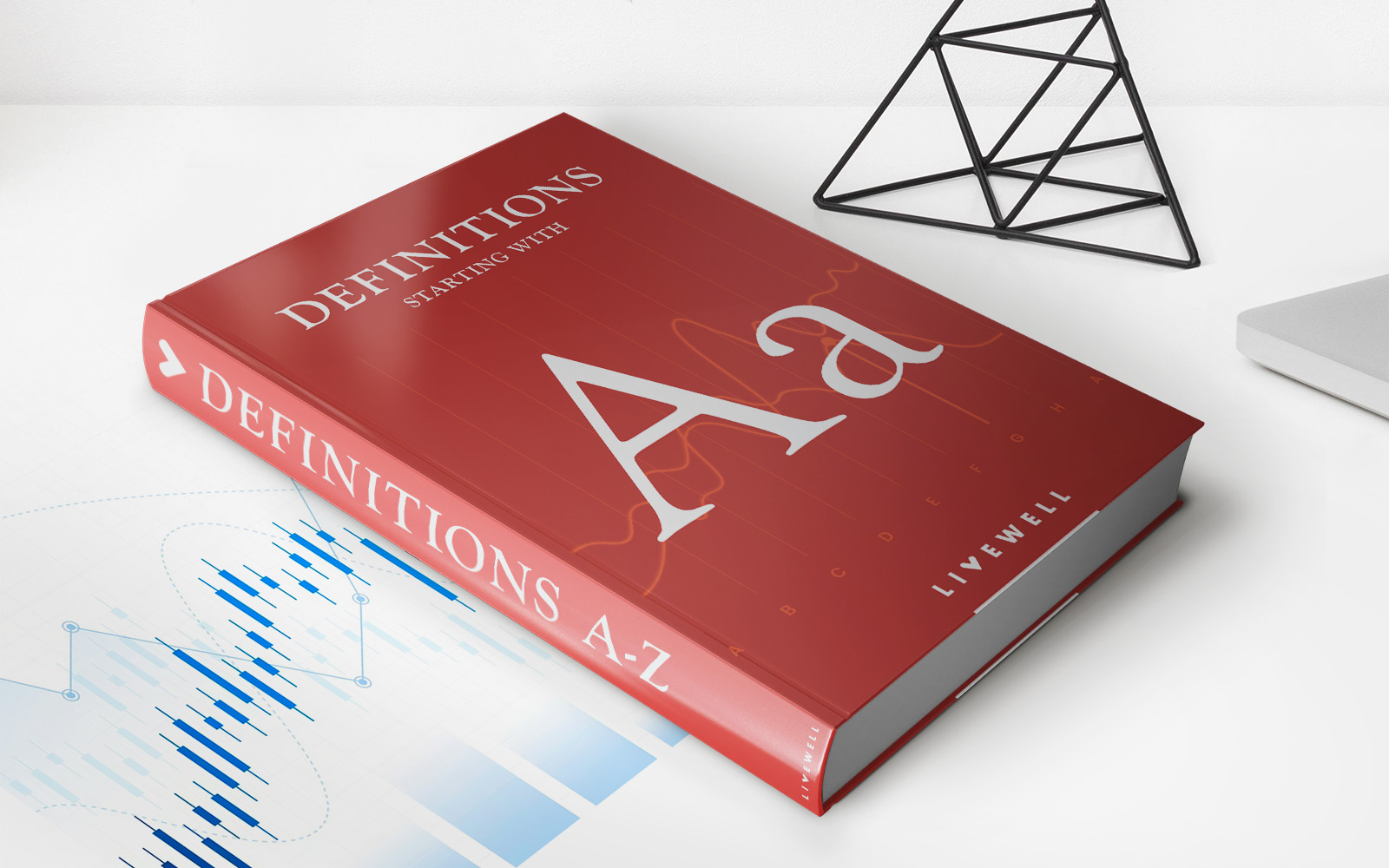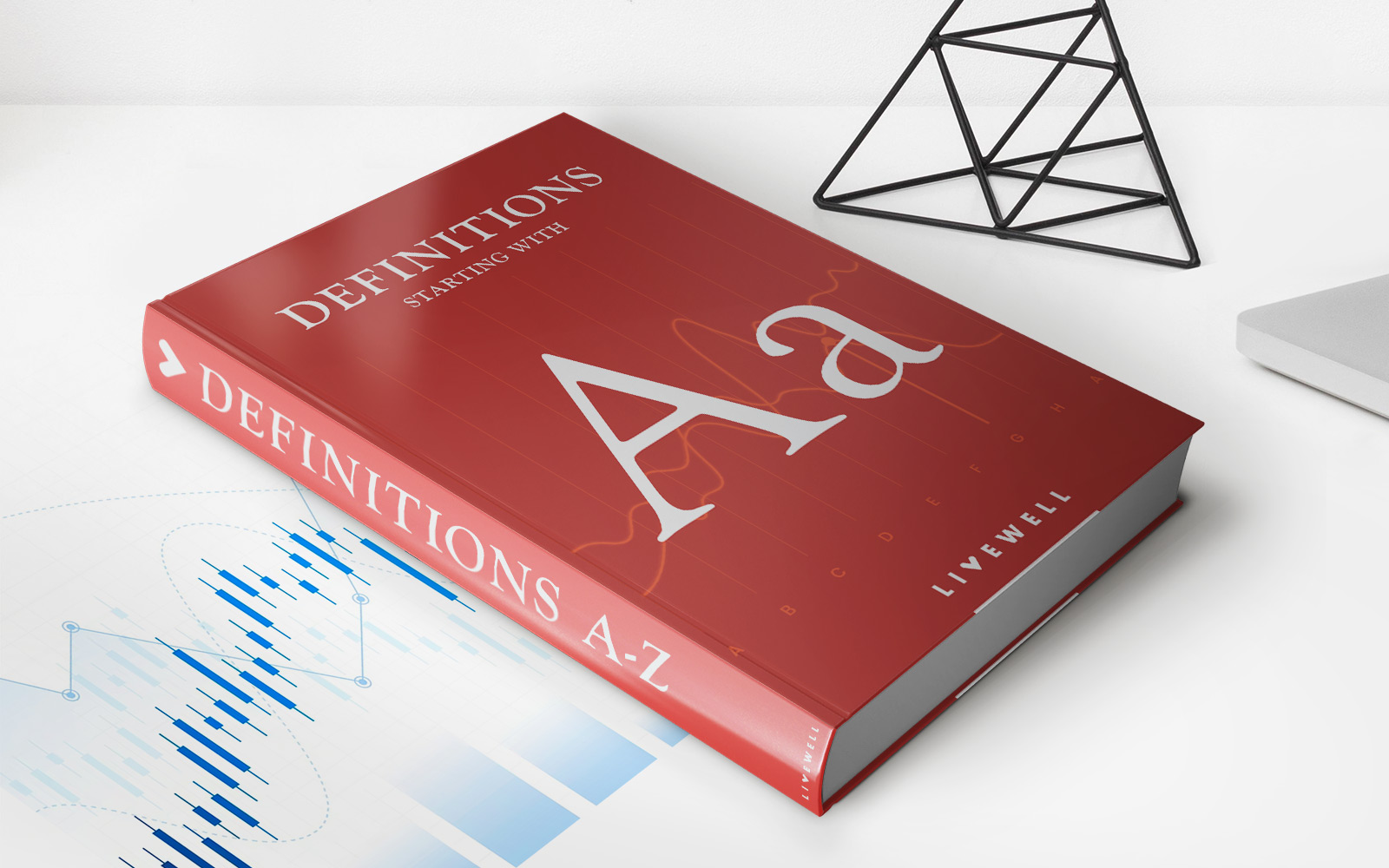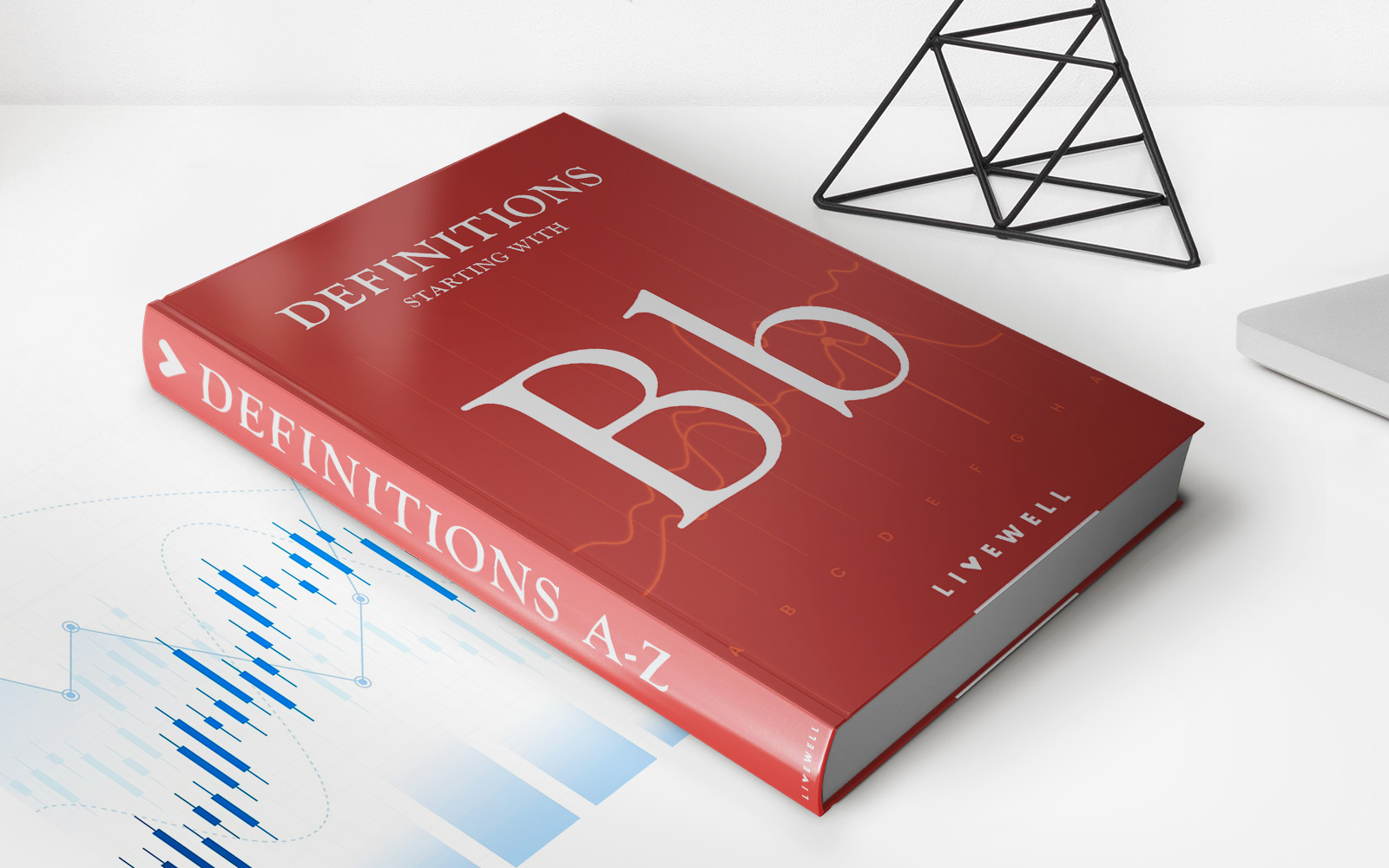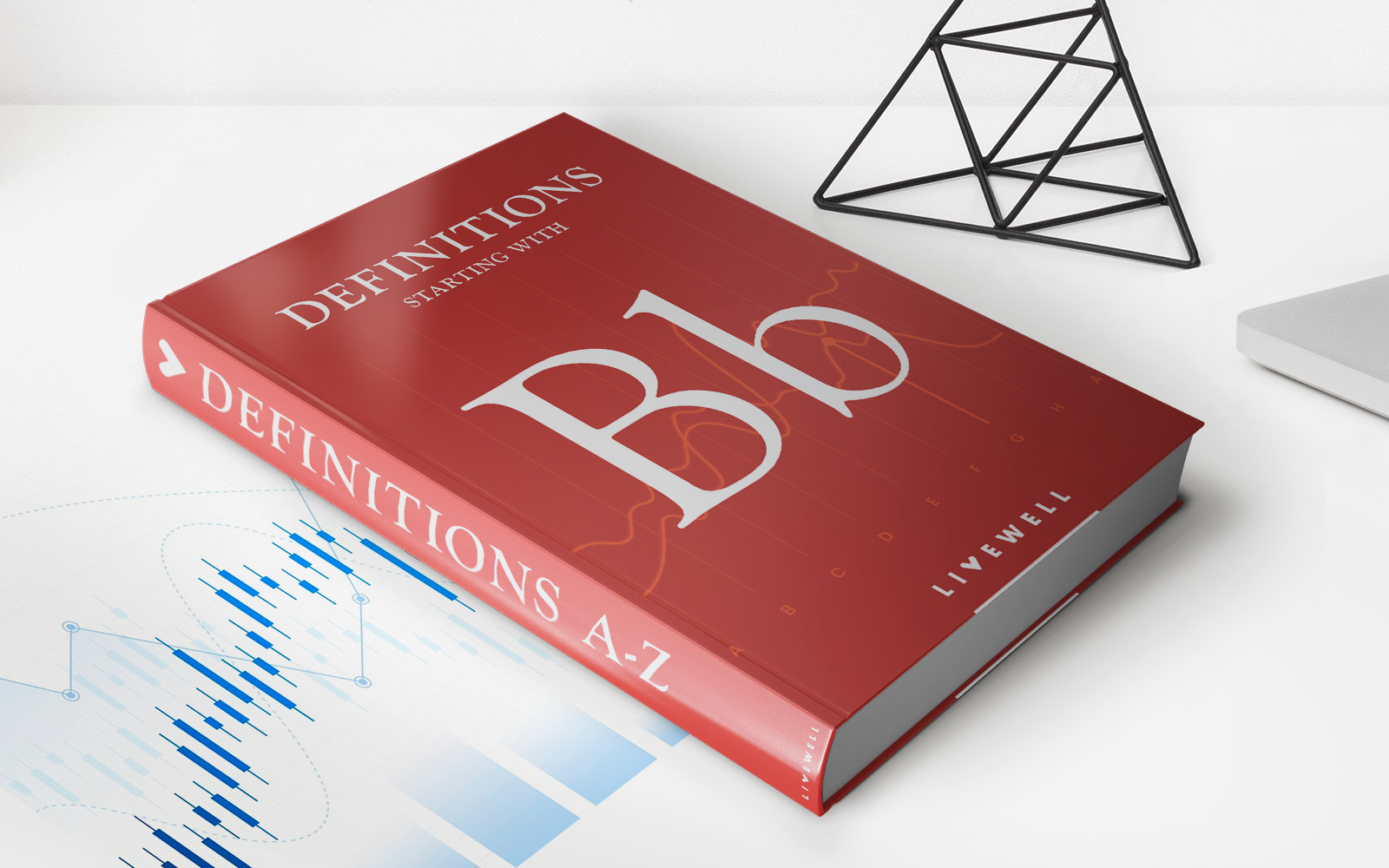Home>Finance>What Is A Tax Refund? Definition And When To Expect It
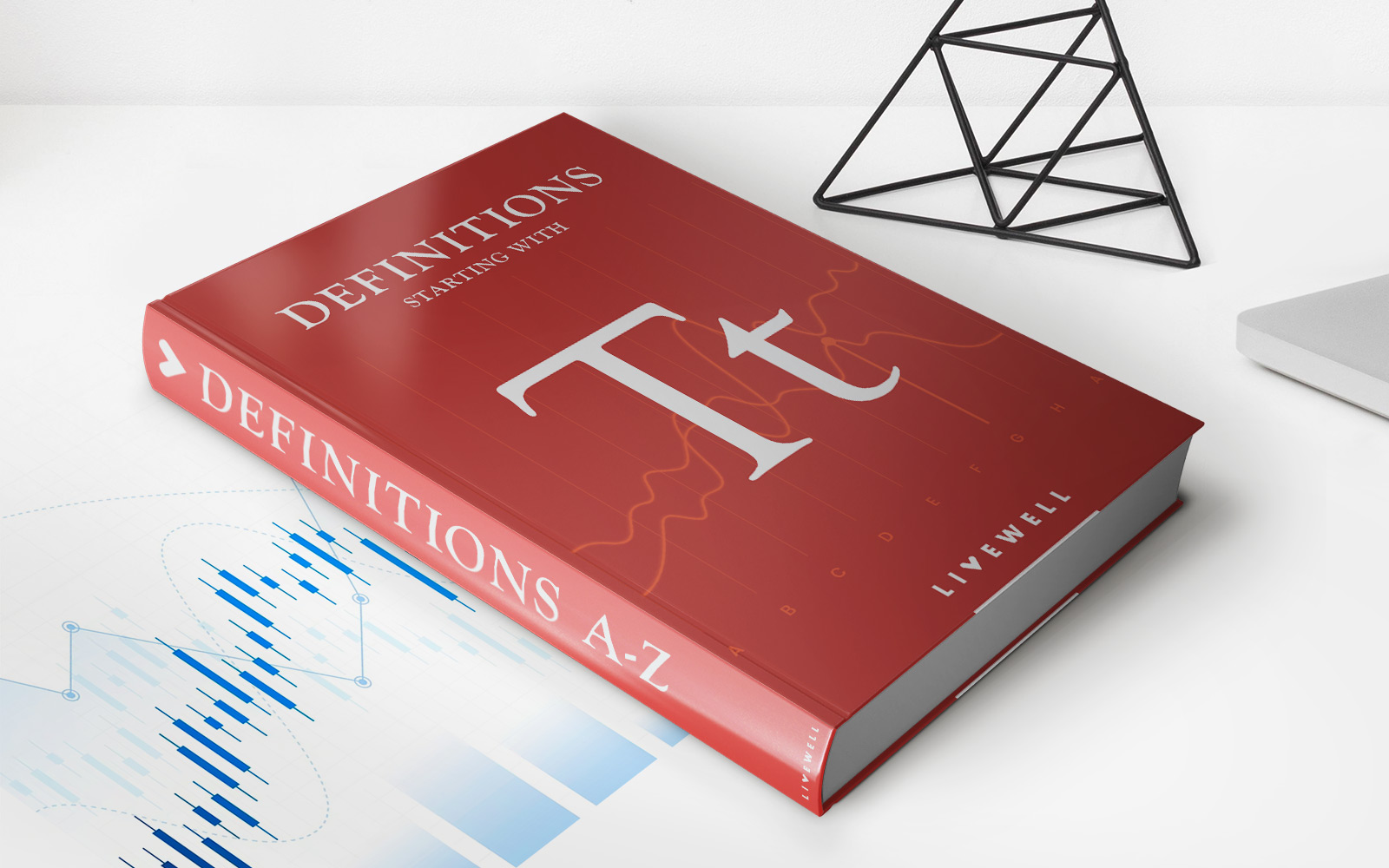

Finance
What Is A Tax Refund? Definition And When To Expect It
Published: February 6, 2024
Discover the definition of a tax refund and learn when to expect it. Get informed about the finance aspect of tax refunds and maximize your financial benefits.
(Many of the links in this article redirect to a specific reviewed product. Your purchase of these products through affiliate links helps to generate commission for LiveWell, at no extra cost. Learn more)
What Is a Tax Refund? Definition and When to Expect It
Are you eagerly waiting for that annual sum of money to hit your bank account? We’re talking about tax refunds! But what exactly is a tax refund and when can you expect to receive it? In this blog post, we’ll guide you through the definition of a tax refund and provide you with some key insights on when you can anticipate its arrival.
Key Takeaways:
- A tax refund is a reimbursement of excess taxes that you have paid to the government.
- To receive a tax refund, you must file your income tax return correctly and claim any eligible deductions and credits.
So, let’s dive into what a tax refund actually means.
When you earn income, you’re required to pay taxes to the government. These taxes are typically deducted from your paycheck throughout the year. However, the amount withheld may be more than what you actually owe. This is where a tax refund comes into play. A tax refund is a reimbursement of the excess taxes withheld. It’s essentially the government returning your money that you didn’t owe in the first place.
Now that we have a clear understanding of what a tax refund is, let’s discuss when you can expect to receive it.
1. Filing your taxes on time:
The timing of your tax refund is highly dependent on when you file your income tax return. The sooner you file, the earlier you will likely receive your refund. Many people file their taxes in the early months of the year to get their refunds as soon as possible. Make sure you have all your necessary documents ready, such as your W-2 forms, 1099 forms, and any applicable deductions and credits.
2. Choosing the e-file and direct deposit options:
If you want to speed up the refund process, consider e-filing your tax return and opting for direct deposit. Electronic filing is faster and more accurate than paper filing, reducing the chance of errors or delays. Additionally, choosing direct deposit allows the government to transfer your refund directly into your bank account, eliminating the need for a physical check to be mailed to you.
While there is no guaranteed timeline for receiving your tax refund, the average processing time for e-filed returns with direct deposit is typically faster than traditional paper filing. The IRS usually issues most refunds within 21 days of receiving your tax return.
Remember, while it’s exciting to receive a tax refund, it’s important to understand that it signifies you may have overpaid your taxes throughout the year. It might be worth considering adjusting your tax withholding to ensure a more accurate balance next year.
To sum it up, a tax refund is a reimbursement of excess taxes paid to the government. You can expect to receive it by filing your taxes on time and choosing the e-file and direct deposit options. Just be sure to gather all your necessary documents and file as early as possible to potentially receive your refund sooner!

